To coincide with Female in Focus 2021, Gulnara Samoilova – one of last year’s judges – discusses her latest photobook
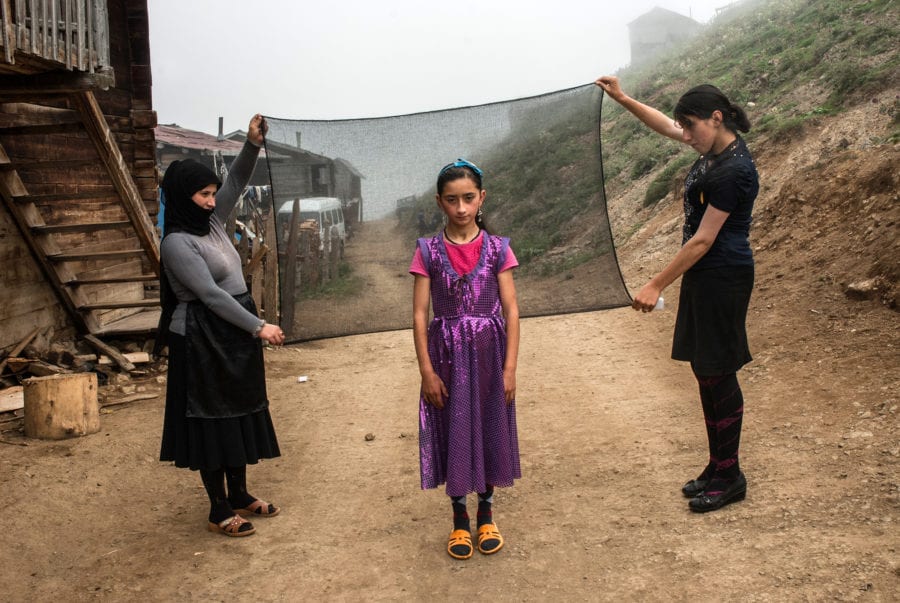

To coincide with Female in Focus 2021, Gulnara Samoilova – one of last year’s judges – discusses her latest photobook
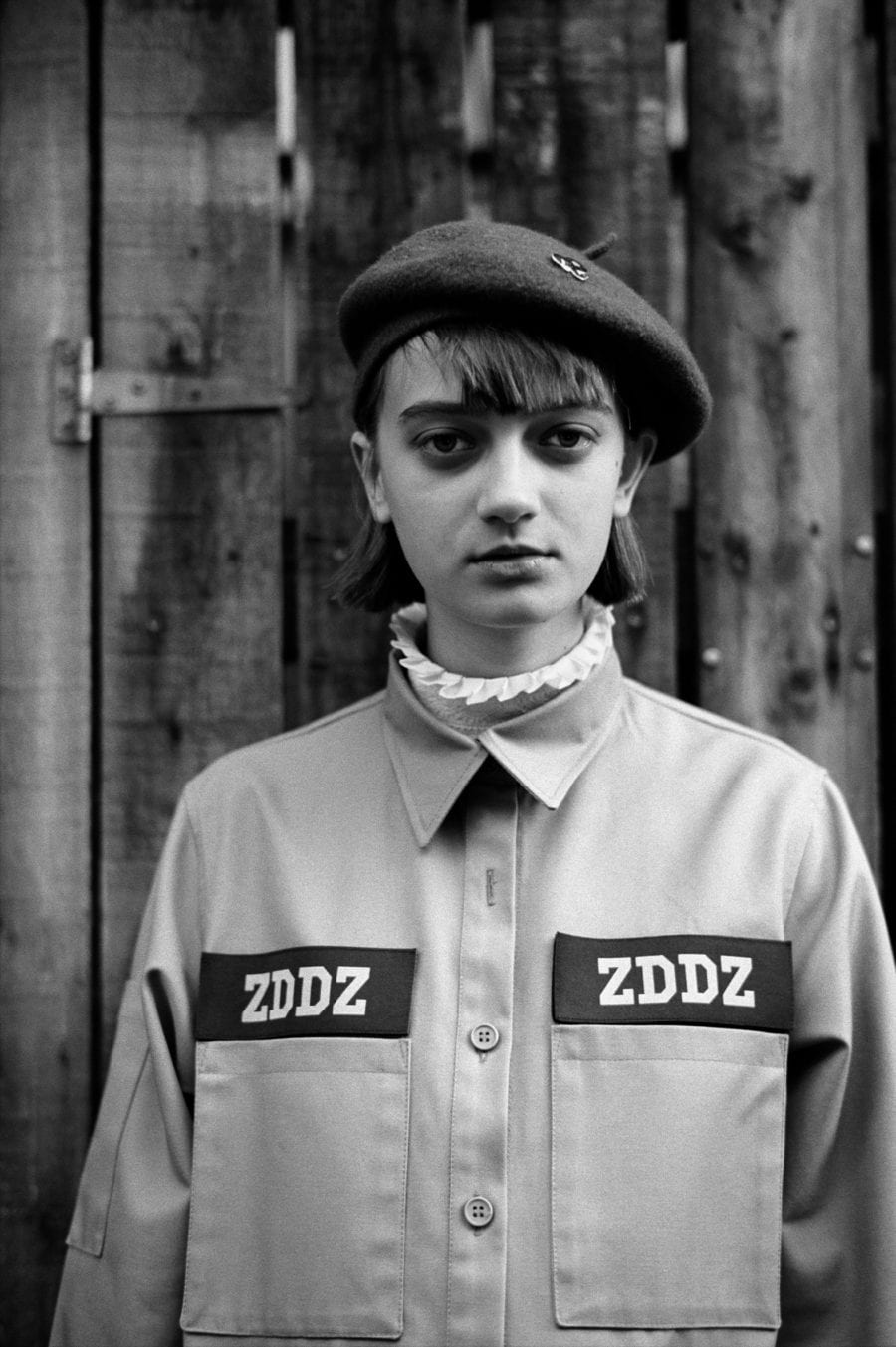
Pairing extracts of pages from her personal diaries with portraits of young women in their teens, the American photographer paints a candid picture around the complexity of growing up.
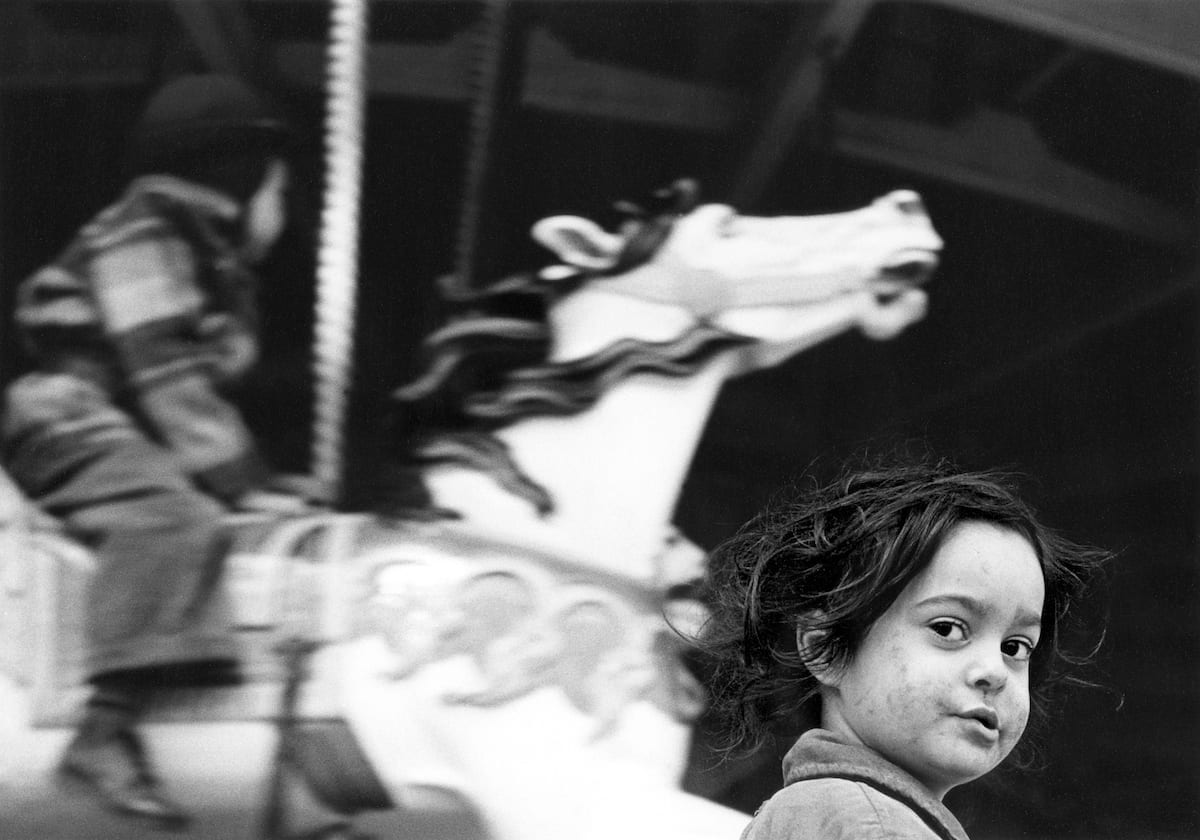
BJP speaks to the creators of the documentary Last Stop Coney Island: The Life and Photography of Harold Feinstein about the late photographer’s life and work. Now, they are raising money to make the it available on DVD
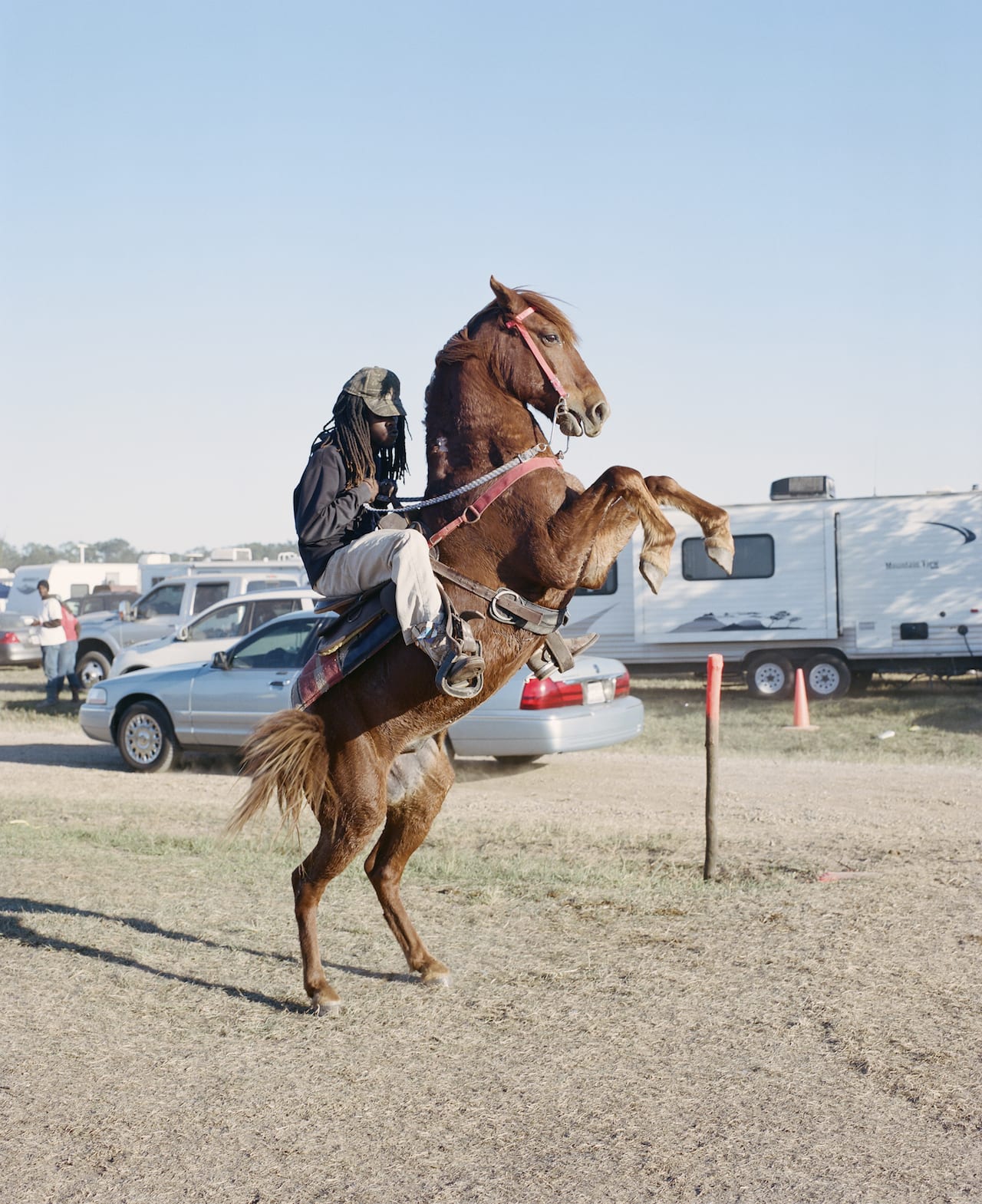
Akasha Rabut’s decade-long document of New Orleans delivers a powerful message about resilience and community during the current pandemic
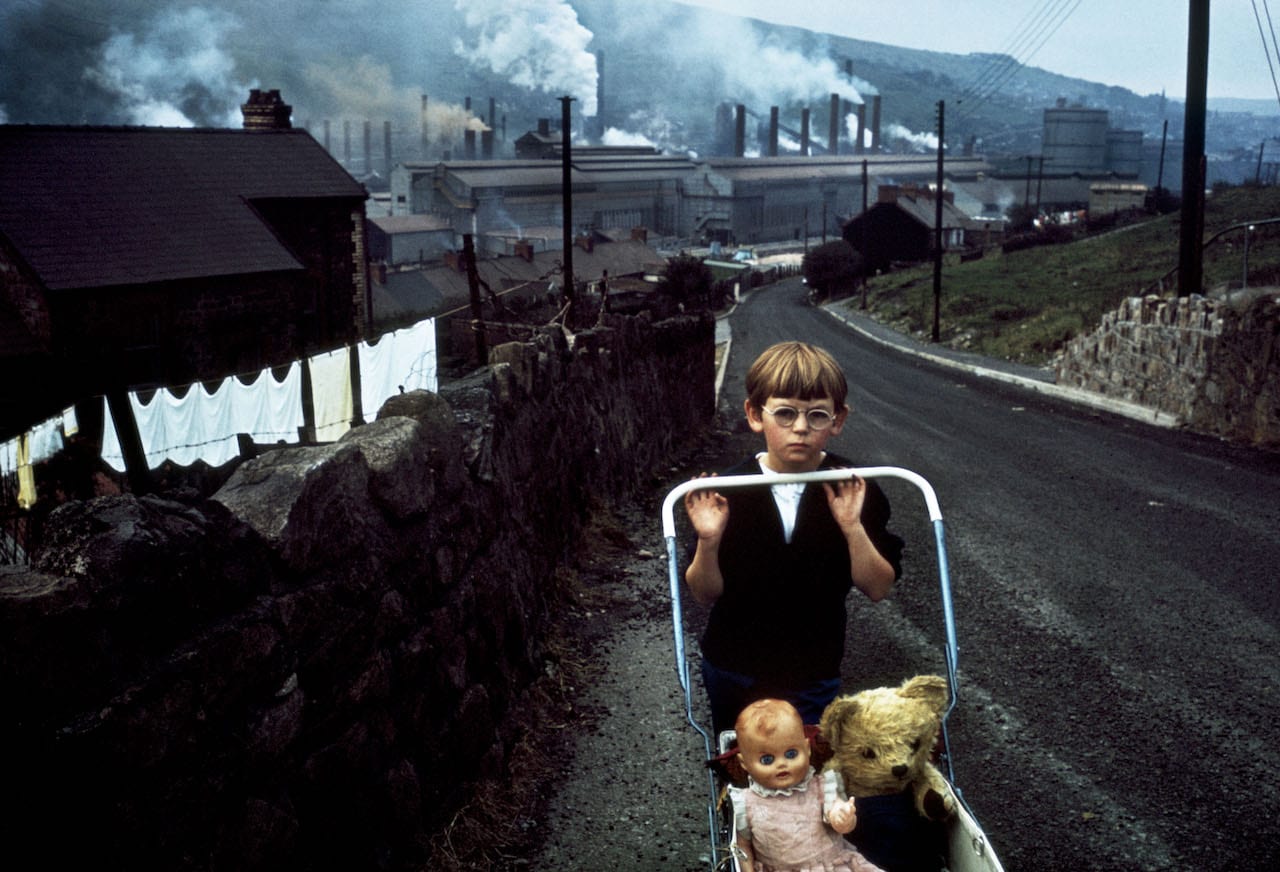
From Henri Cartier-Bresson to Elliott Erwitt, Martin Parr, Bruce Gilden, and Richard Kalvar, a new book brings together over 300 images from some of the genres greatest practitioners
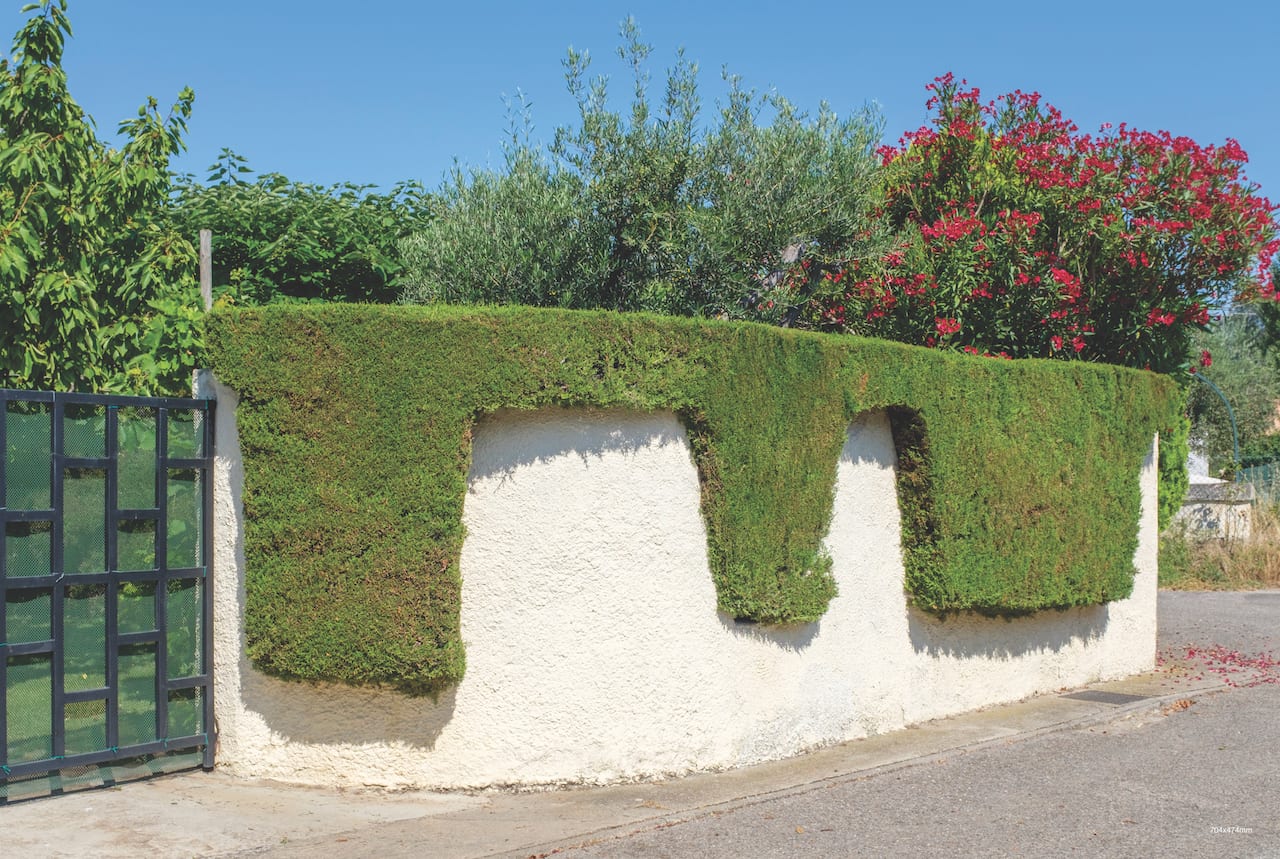
100 large-scale newsprints in Rotterdam will present the work of 70 photographers who find inspiration in urban form

As a film and exhibition about Harold Feinstein launch in London during Photo London 2019, BJP-online speaks to their creators about the late photographer’s life and work, and the responsibility of presenting it today
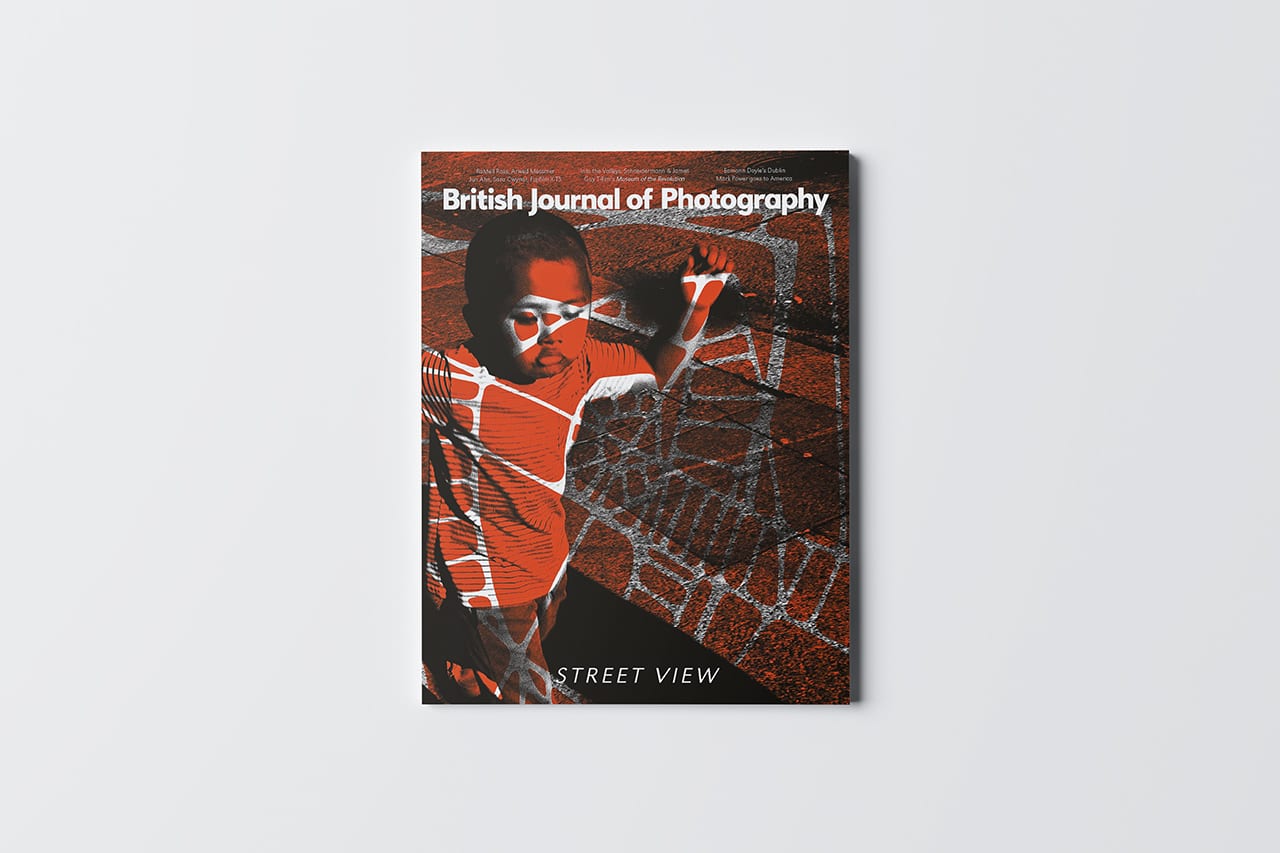
From the bustling cities in the work of Eamonn Doyle and Guy Tillim, to Mark Power’s survey of decaying American landscapes, and a collaboration between Clémentine Schneidermann, Charlotte James, and a group of children in South Wales – this month’s issue is dedicated to the idea of the street as a site of theatre and historical spectacle.
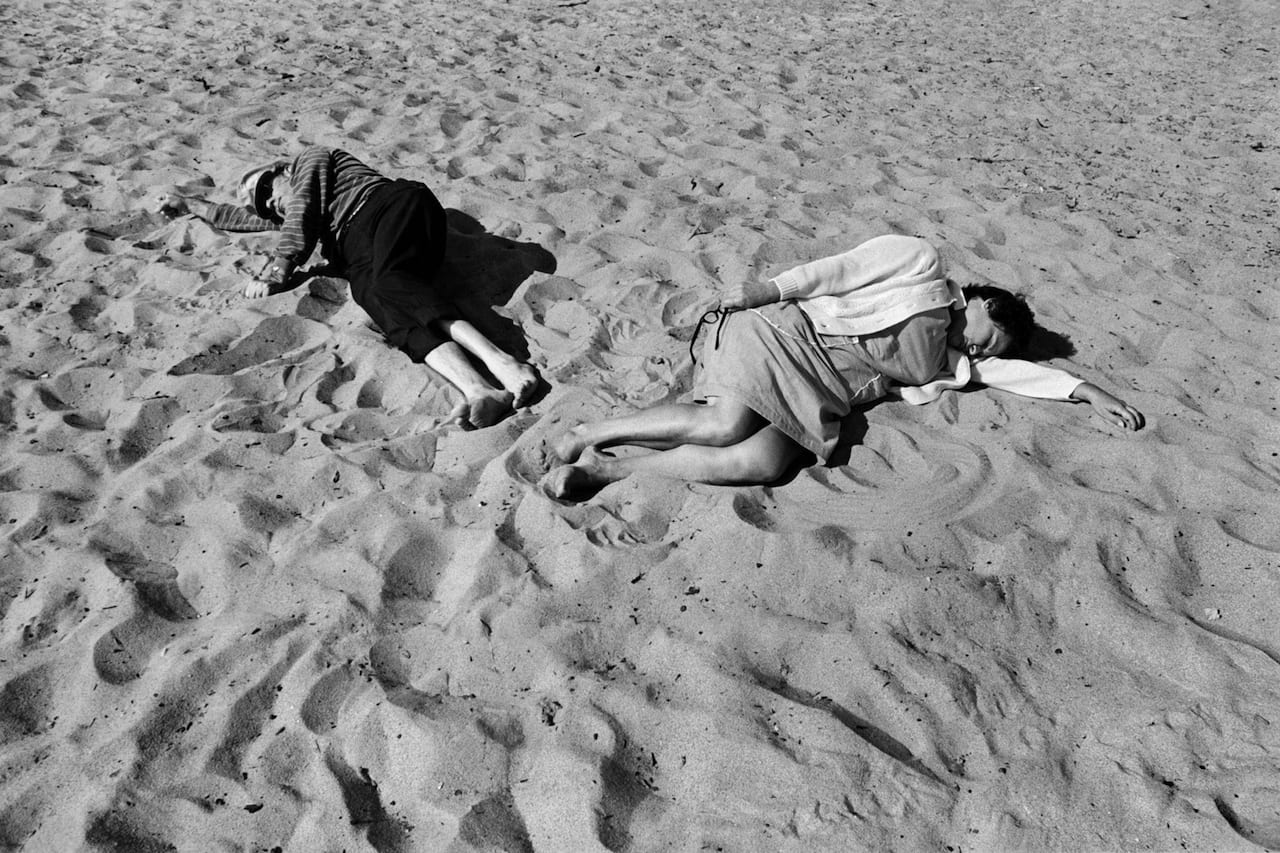
“People always ask me why I stopped photographing people,” says Anthony Hernandez, who in the…